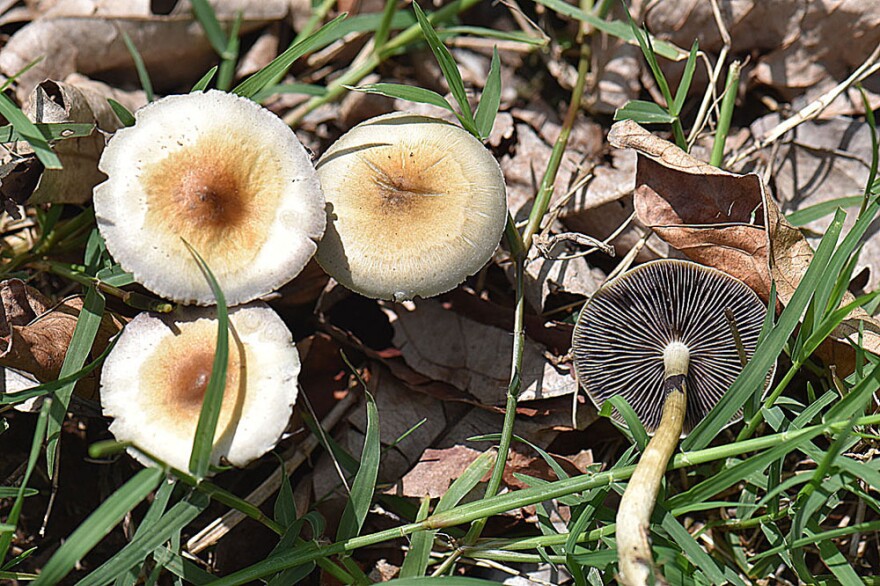Psychedelic mushrooms have been illegal in the U.S. since 1970. They are listed in Schedule I of the Controlled Substances Act. But University of Wyoming (UW) researchers have partnered with a company called CaaMTech, which is creating a library of pure compounds from psychedelic mushrooms, to look into the possible medical benefits of the compounds.
"The research on psychedelics has really been lagging behind," said Ana-Clara Bobadilla, an assistant professor in the UW School of Pharmacy. "And so there are some really basic neuroscience questions that we don't really know about these compounds, and we also see more and more therapeutic potential for a lot of different disorders."
Bobadilla is looking into using these psychedelic compounds to treat addiction.
"We know that some psychedelics have been described to give this experience where your perception kind of shifts, and we also know the addiction field is turning more and more to this idea that substance use disorder can actually be just intrusive thoughts, like this craving for a molecule or for a lot of different things, actually. You have disorders with over-exercising, or overeating, a lot of different things," Bobadilla said. "And so, this idea of intrusive thoughts, and the fact that when you have this craving, there is nothing else that matters, it seems to show that the psychedelics can kind of break this intrusive thinking and give you more of a big picture idea, but we really don't actually know yet."
Bobadilla is specifically looking at substance use disorders. She's using mice that will get different opiates intravenously when they press a lever. A light also comes on, which makes them start associating the light with the drugs too. Eventually, the mice start pressing the lever if they see the light first. Then, Bobadilla will give the mice a psychedelic compound and turn the light on to see if they try to push the lever. She'll know the compound reduced the addiction craving if the mouse doesn't try to push the lever when it sees the light.
"Actually, we don't have that many treatments that work for substance use disorder. For smoking cessation, for example, the nicotine patches and things like that. They're widely available, but when you look at the numbers, they don't actually work really well. We're talking, you know, 30 percent of the people are actually showing improvement using this technique," she said. "And some of the preliminary data with psychedelics show that numbers of 80 percent of people who were able to stop smoking after long periods of times."
Bobadilla will also look at if the psychedelic compounds themselves create an addiction.
"Because if it does, then it's not great. You're just replacing one addictive molecule with another, which is not what we're trying to do," she said.
The lab is looking at compounds that have been tweaked to no longer produce a psychedelic trip, but they're not ruling out the original compounds either.
"Maybe it's not a one size fits all thing. Maybe in some contexts, having the psychedelic experience and the perceptual changes, perhaps in a therapeutic context, it's very beneficial. Maybe in another context, like a daily or multiple times a week addiction treatment to reduce your cravings for cigarettes, you don't want to have a psychedelic experience," said Dr. Andrew Chadeayne, CEO of CaaMTech. "The context is very important. And what do the clinicians feel would be important for treating a particular patient or a particular patient group? What we're trying to do is expand the size of the toolkit that's available to those clinicians."
The partnership between CaaMTech and Bobadilla's UW lab started last month and will continue for at least another two years. Bobadilla is currently focusing on the compounds psilocybin and psilocin but could move into other compounds from CaaMTech's library.
CaaMTech is also partnered with Dr. Elliott Hulley, a professor in UW's Chemistry Department, to synthesize and characterize these compounds.








